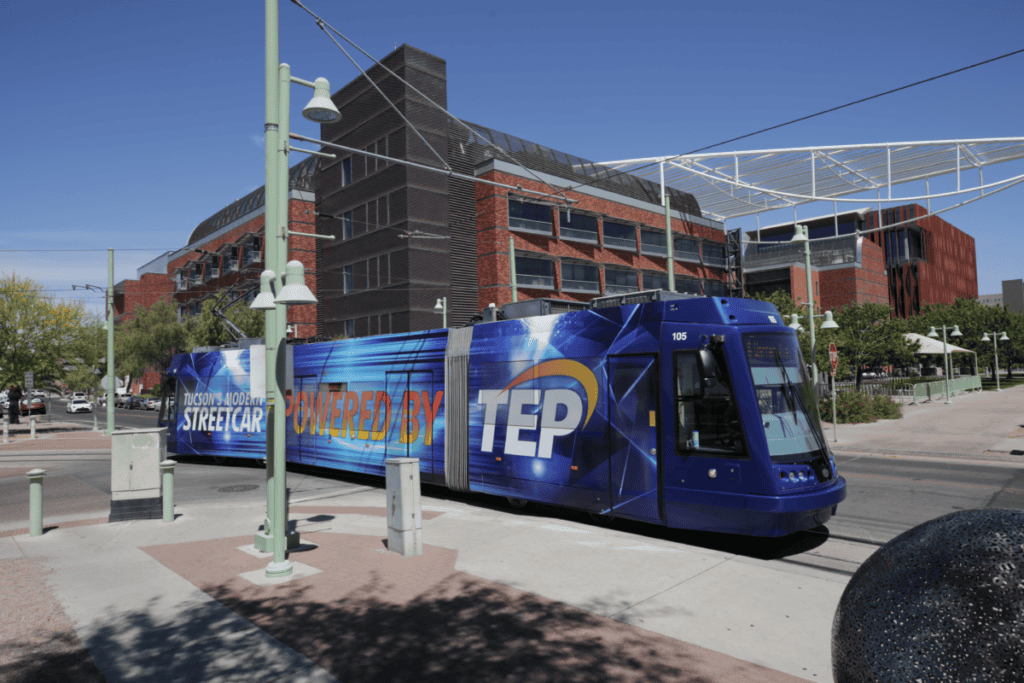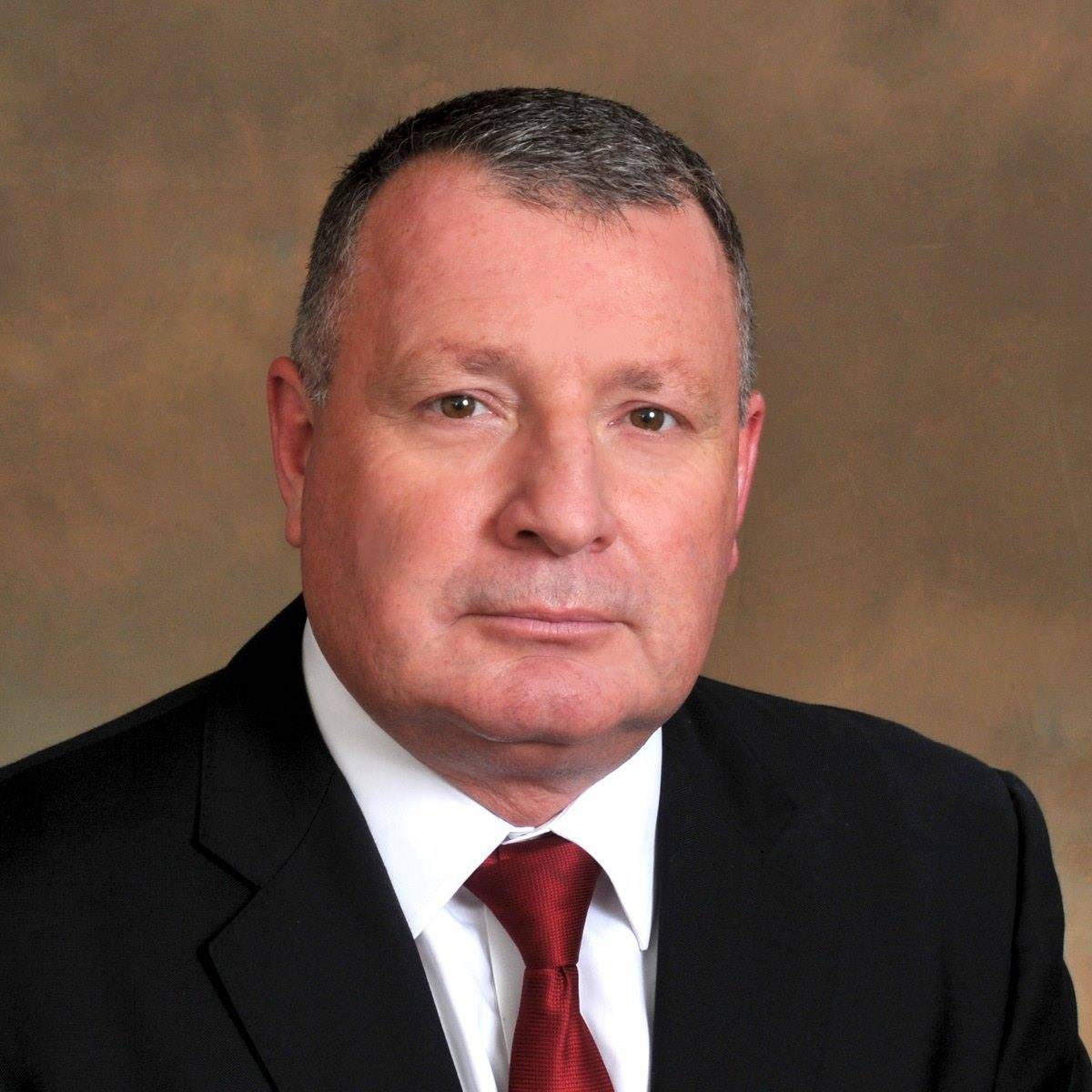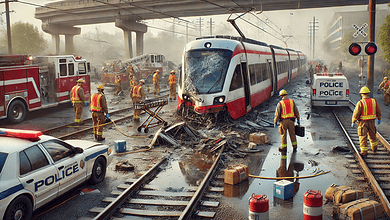Light Rail Projects Case Study: Tucson, Arizona

Case Study: Light Rail Development in Tucson, Arizona
Urban transportation systems are critical for the efficient movement of people within cities. Light rail projects are pivotal in enhancing urban mobility, reducing traffic congestion, and promoting sustainable transportation.
This article examines the development of a significant light rail project in Tucson, Arizona, highlighting the importance of such projects in modern urban transportation. It delves into the challenges faced, solutions provided, and the crucial role of expert witnesses in ensuring the project’s success.
Overview of the Project
The light rail project in Tucson, Arizona, represents a transformative initiative to improve the city’s public transit infrastructure. The project addressed the growing need for efficient, reliable, and sustainable transportation options in the Tucson metropolitan area.
Objectives and Goals: The primary objectives of the Tucson light rail project were to:
- Reduce traffic congestion on major roads and highways.
- Provide a reliable and efficient public transit alternative.
- Promote environmentally sustainable transportation options.
- Enhance connectivity between key areas of the city and surrounding regions.
Key Stakeholders Involved: The development of the light rail project involved various stakeholders, including:
- Tucson Department of Transportation
- Regional Transportation Authority (RTA)
- Arizona Department of Transportation (ADOT)
- City of Tucson government officials
- Local businesses and community organizations
- Public transit advocacy groups
Timeline and Major Milestones: The project timeline included several key milestones:
- Planning Phase: Initial feasibility studies and public consultations began around 2006-2007.
- Construction Phase: Construction started in April 2012, with significant infrastructure improvements and the installation of tracks and stops continuing into October 2013. This phase included the construction of the Luis G. Gutierrez Bridge in 2012, designed to carry streetcar, automobile, bicycle, and pedestrian traffic over the Santa Cruz River.
- Vehicle Procurement: Tucson ordered streetcars from United Streetcar in 2010, with the first arriving in 2013. Delivery delays pushed the start of service to mid-2014.
- Service Commencement: The streetcar officially started operating on July 25, 2014.

Challenges Faced and Solutions Provided
The Tucson light rail project encountered various challenges requiring innovative solutions.
Technical Challenges: One of the primary technical challenges was integrating the new light rail system with the existing transportation infrastructure. Ensuring compatibility with current roadways, bridges, and utilities required meticulous planning and engineering expertise.
Additionally, the project’s design had to account for Tucson’s unique geographical and environmental conditions, such as its desert climate and susceptibility to flash floods.
Solutions: The project team employed advanced engineering techniques and state-of-the-art technology to address these challenges. For instance, they used elevated tracks in flood-prone areas and implemented resilient design standards to withstand extreme weather events.
Financial and Budgetary Constraints: Securing sufficient funding was another significant challenge. The project’s estimated cost was substantial, necessitating a combination of public and private financing sources.
Solutions: The project team developed a comprehensive funding strategy that included federal grants, state funding, local tax initiatives, and private investments. Public-private partnerships played a crucial role in mobilizing the necessary financial resources.
Community and Stakeholder Engagement Issues: Gaining public support and addressing community concerns were critical for the project’s success. Some residents expressed concerns about potential disruptions during construction and the impact on local neighborhoods.
Solutions: The project team conducted extensive community outreach and engagement efforts. They held public meetings, conducted surveys, and established a dedicated communication channel for addressing concerns. These efforts helped build community support and ensured the project aligned with local needs and preferences.
Regulatory and Compliance Hurdles: Navigating the complex regulatory landscape was another challenge. The project had to comply with numerous local, state, and federal regulations, including environmental assessments and safety standards.
Solutions: The involvement of a Tucson light rail expert witness was instrumental in navigating these regulatory requirements. Their expertise in regulatory compliance ensured that the project met all necessary standards and avoided potential legal pitfalls.

Role of Expert Witnesses
Importance of Expert Witnesses: Expert witnesses played a crucial role in the success of the Tucson light rail project. Their specialized knowledge and experience were invaluable in addressing the project’s technical, financial, and regulatory challenges.
Specific Contributions: The Tucson light rail expert witness provided critical insights and guidance throughout the project’s development. Their contributions included:
- Conducting detailed feasibility studies and risk assessments.
- Providing expert testimony during public hearings and regulatory reviews.
- Advising on best practices for engineering and design.
- Ensuring compliance with all relevant safety and environmental regulations.
Examples of Influence: Expert insights significantly influenced several key project decisions. For instance, their recommendations on track design and construction techniques helped mitigate the risk of flooding in vulnerable areas.
Additionally, their guidance on funding strategies and public engagement efforts was crucial in securing financial and community support.
Case Studies: One notable case involved an expert witness’s intervention in resolving a dispute over environmental impact assessments. Their detailed analysis and testimony helped demonstrate the project’s compliance with environmental standards, ultimately leading to the approval of necessary permits.

Urban Transportation Improvement
The Tucson light rail project represents a significant advancement in urban transportation, addressing key public transit challenges and enhancing mobility for residents. The project faced various technical, financial, and regulatory hurdles, but innovative solutions and expert guidance ensured its success.
The involvement of a Tucson light rail expert witness was particularly crucial in navigating complex regulatory requirements and providing valuable insights that influenced key project decisions.
Final Thoughts: The successful completion of the Tucson light rail project underscores the importance of expert witnesses in large-scale infrastructure developments.
Their specialized knowledge and experience are vital for ensuring that projects meet all necessary standards and achieve their objectives. Light rail projects will be increasingly important in promoting sustainable and efficient transportation as urban areas grow and evolve.

With over forty years in public transit, Timothy Borchers is a preeminent international transit and light rail expert witness specializing in accident investigation, system safety, and industry compliance. He regularly authors authoritative articles on advanced light rail topics.

